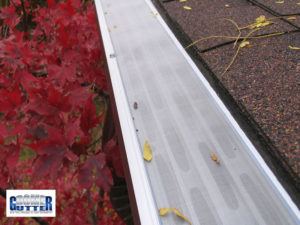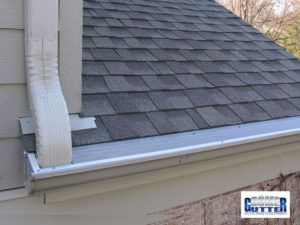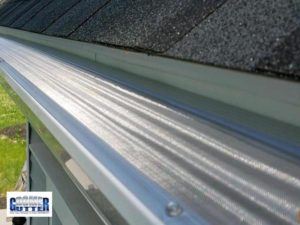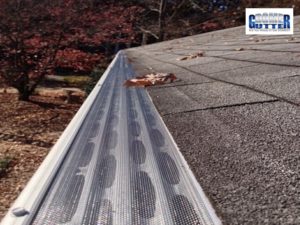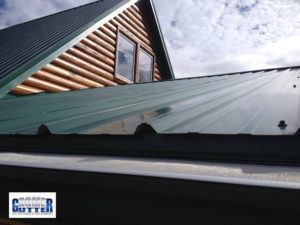DIY Tips: How to Clean and Maintain Gutters
August 15, 2018
Neglecting to clean your gutters can result in damage to them and your house. Blocked gutters can pull away from the roof line and fall, or cause flooding in your home, basement, or around the foundations of the house. Resulting damage from overflowing gutters includes wood rot, mildew, and mold, discolored sidings, and in severe cases, cracks in the foundation of your home.
The Right Time to Clear Your Gutters
It’s best to clean your gutters at least once per year, before the rainy season sets in. If your home is surrounded by deciduous trees or the type that continually drop leaves or pine needles, cleaning gutters should be done more frequently. Think of it like using your electric lawn mower regularly when it’s summer: The more practice you get, the faster and more efficiently the task will go.
Choosing a dry time of year to do this job has a few benefits. It’s easier to clear organic litter when it’s not soaking wet, and clearing gutters in the rain is dangerous and harder work. It’s wise to check the weather report for the days surrounding the time you intend to carry out the work.
Gather the Right Tools
As with most tasks, a little preparation will make the job run smoothly. Collect everything you need before climbing up a ladder. This includes:
- A sturdy ladder tall enough to reach your gutters
- Tarp for collecting debris
- Buckets or plastic bags with handles
- ‘S’ hooks for hanging buckets or bags on the roof edge
- Safety goggles
- Sturdy kitchen or work/gardening gloves with latex gloves underneath to keep hands clean and dry
- Trowel or scoop
- Garden hose with spray nozzle
- Screwdriver and possibly a plumber’s snake for removing persistent obstructions
Getting to Work
Once you have everything you need on hand, the process is relatively straightforward. Begin by spreading your tarp under the section you intend to clear and placing the ladder close to the downspout.
Put the tools you need in a bucket or bag and climb the ladder with them. Once in position, hook the bucket or bag to the edge of the gutter with your ‘S’ hook and climb back down to retrieve the empty buckets or bags. Take these to the top and hook them to the roof edge too.
Once everything is in place, begin clearing debris with your hands or trowel and placing it into the bucket or bags you have prepared. Work from the downpipe along the gutter, moving the ladder with you as each section is cleared and remaining sections become out of safe reach. As the bucket or bags fill, dump these from the ladder onto the tarp, or climb down to empty them onto it.
When all the larger debris has been removed from a section, the remaining dirt and smaller particles should be sprayed toward the downpipe with a garden hose. Work from the end opposite the downpipe and set the nozzle to medium pressure. Everything should get flushed into the downpipe and drain out the end.
Clearing Blocked Downpipes
If the water doesn’t drain easily when flushing your gutters, it is likely there’s a blockage. Check the downspout strainer at the top and rinse well if needed. If the strainer is clear, it is likely the blockage is in the downpipe itself. If this is case, you will need to work from the bottom up.
If the downpipe is connected to an underground drain, you’ll need to disconnect it. Once you have access to the bottom of the downpipe, insert the garden hose and turn on at full pressure pointing up the pipe. This should clear any blockages; if not, you’ll need to insert the plumber’s snake from the bottom up to remove it fully.
Once all blockages have been cleared, re-attach and tighten the parts you disconnected and flush the gutters once more from the opposite end of the downspout.
Each section should be dealt with individually, working from downspout out. Repeat the process until all gutters on your home have been cleared.
Content provided by guest blogger Anita Franco who is passionate about sharing her knowledge of DIY home maintenance with the online community.



